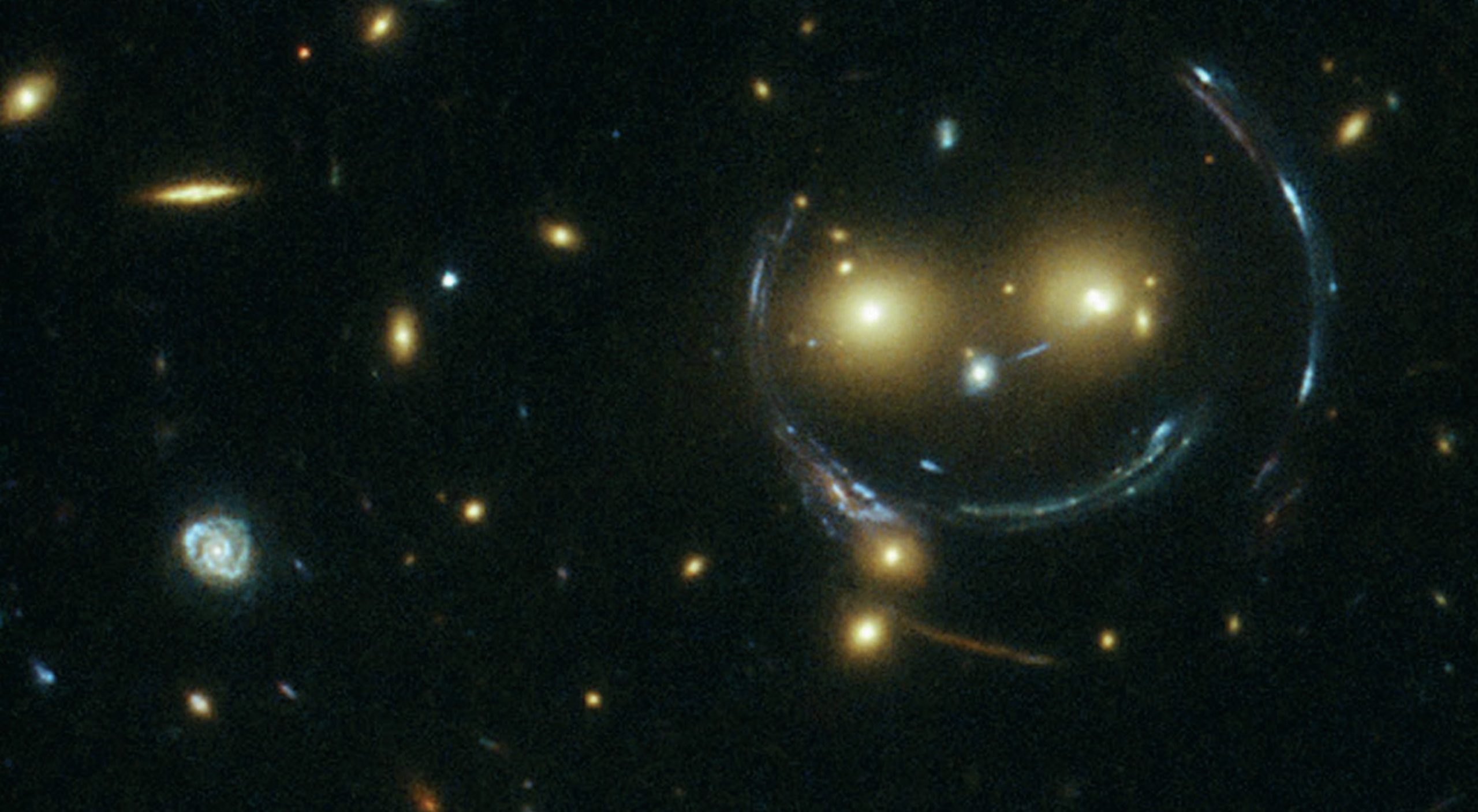
Towards the end of 1915 Albert Einstein published his general theory of relativity — acomprehensive but immensely complicated theory of gravity. This was his major work, the product of a genius and one of the greatest creations of the human mind. It is used to explain the structure and evolution of the universe, but only relatively recently have computers and telescopes reached the point where the theory can be properly tested and explored. So far, it has passed all its tests brilliantly.
An introduction to the theory appeared in PHYSICS REVIEW Vol. 15, No. 2, pp. 30–33. To mark its centenary, we will look at just one of its original predictions — the bending of rays of light in a gravitational field. We will trace the development of this idea and find out how it is used today in our search for dark matter.
Your organisation does not have access to this article.
Sign up today to give your students the edge they need to achieve their best grades with subject expertise
Subscribe




